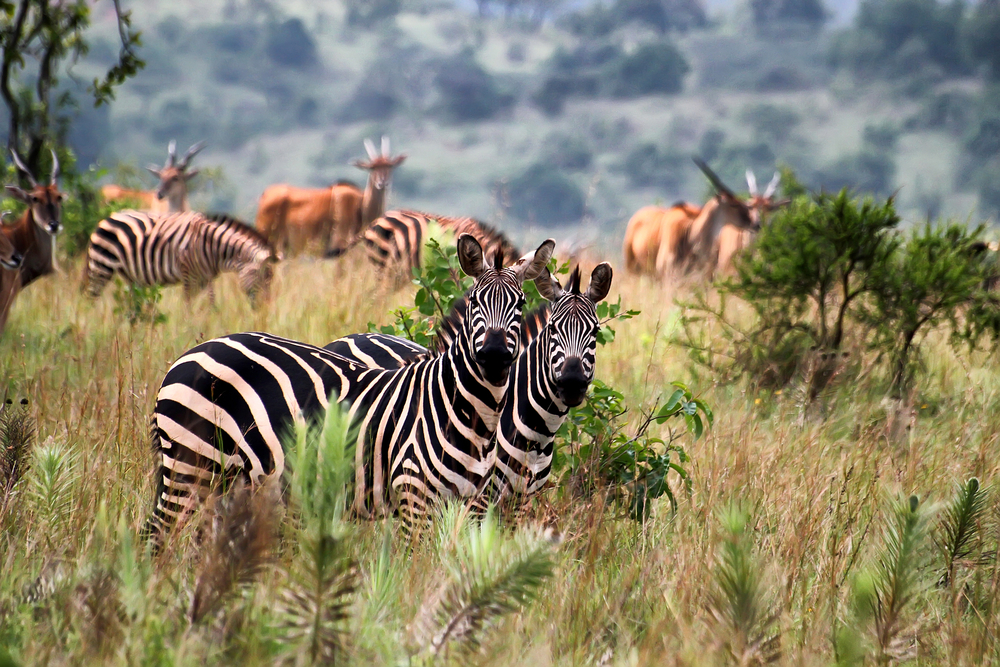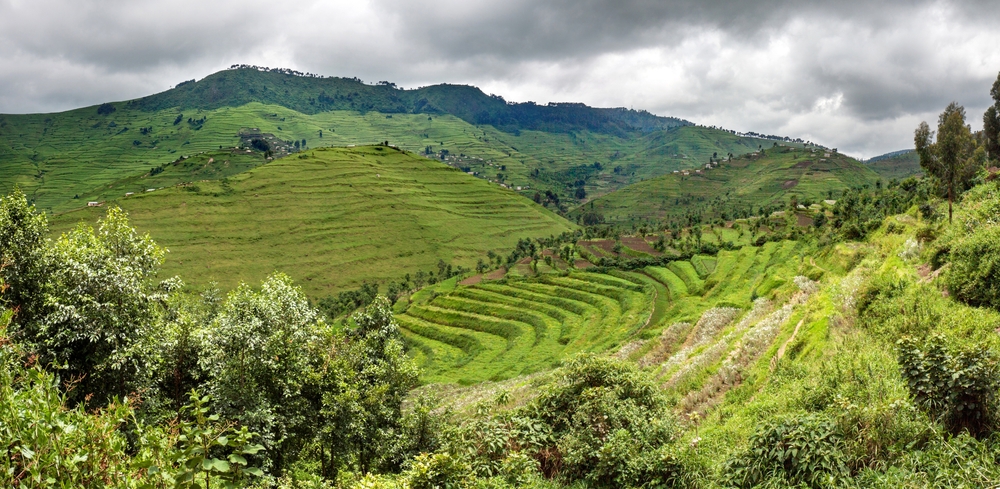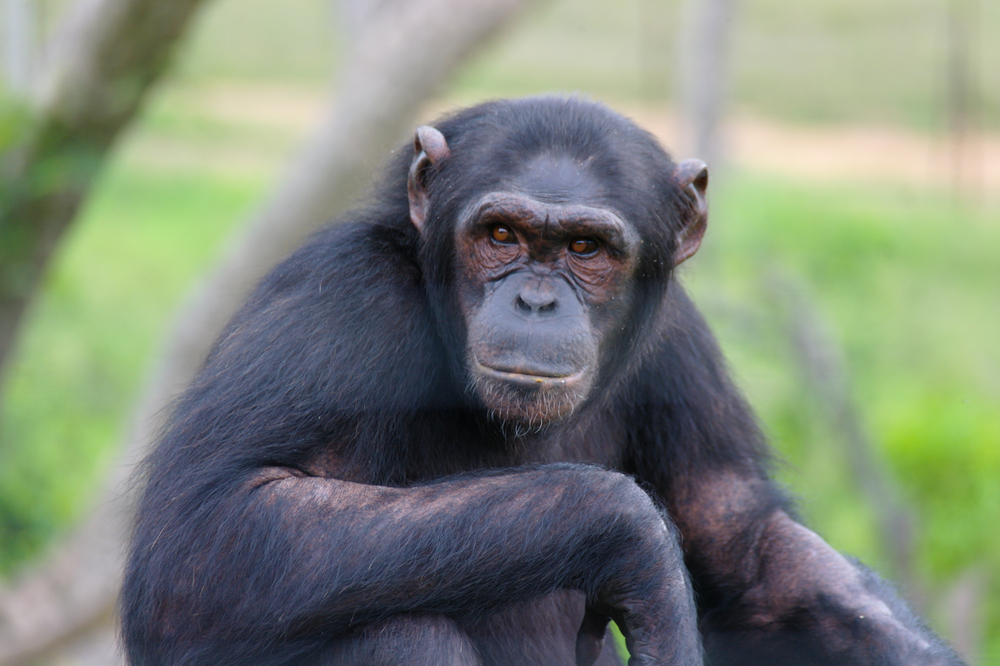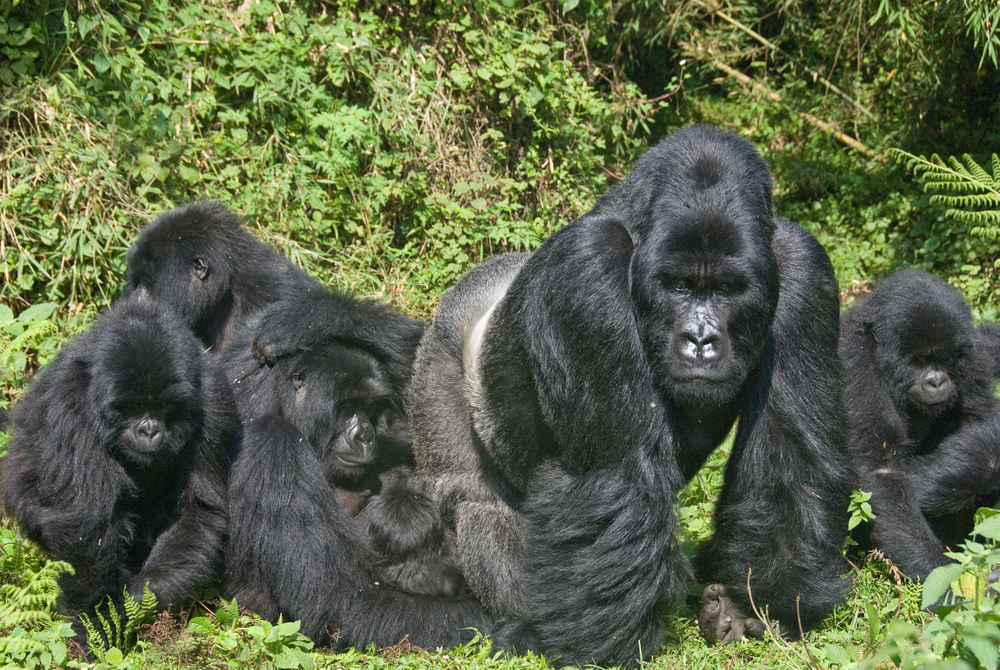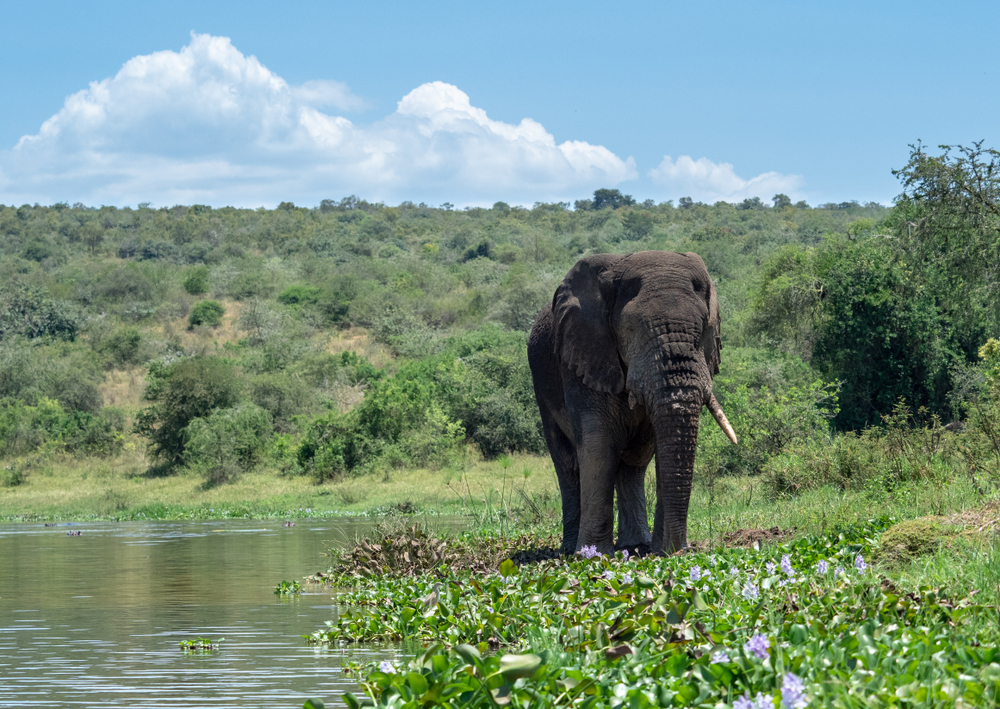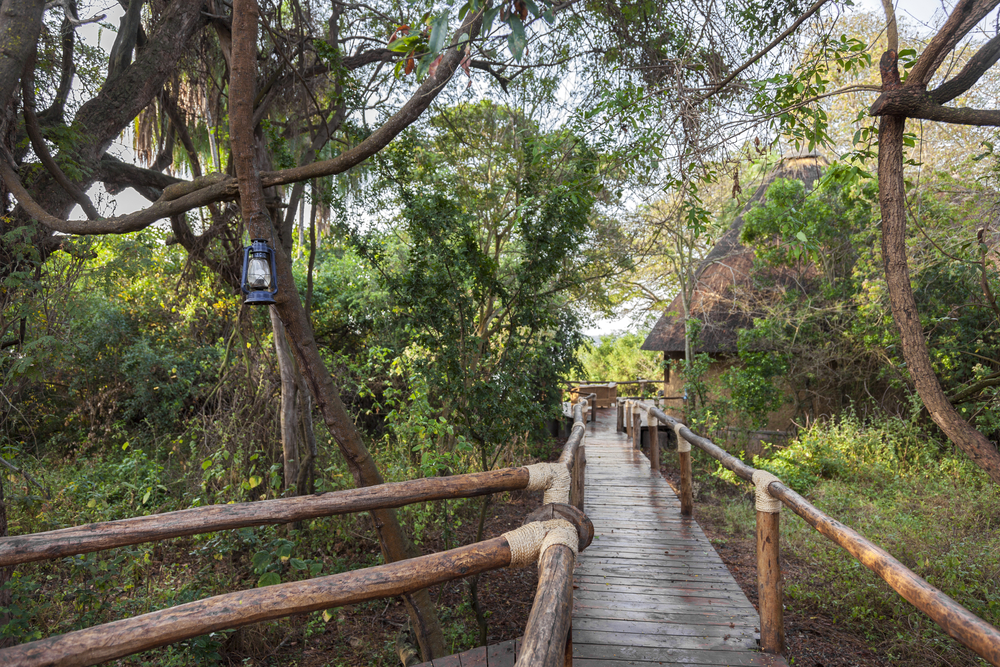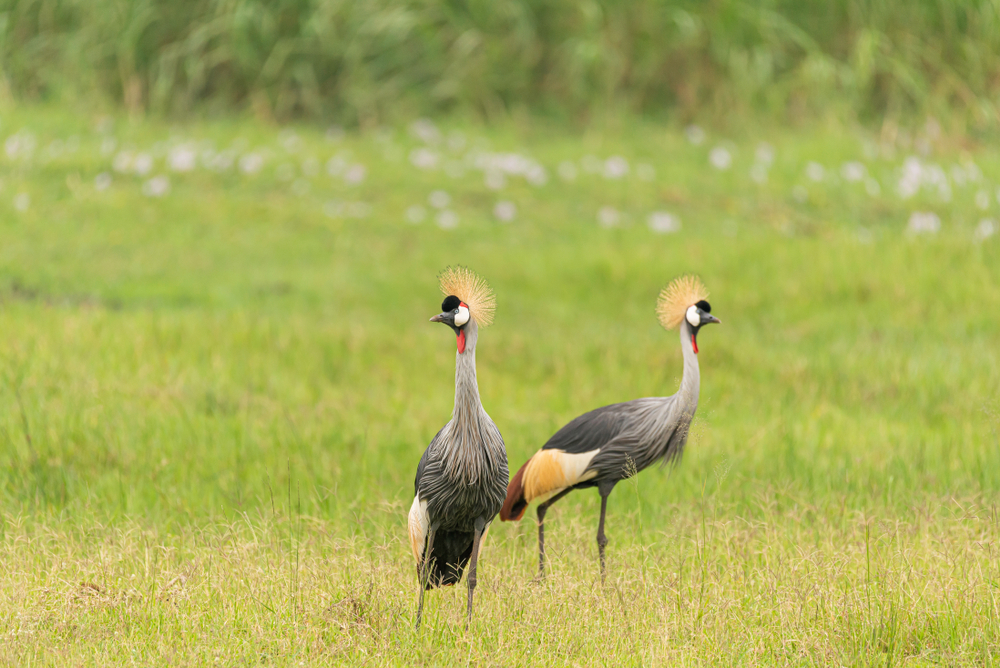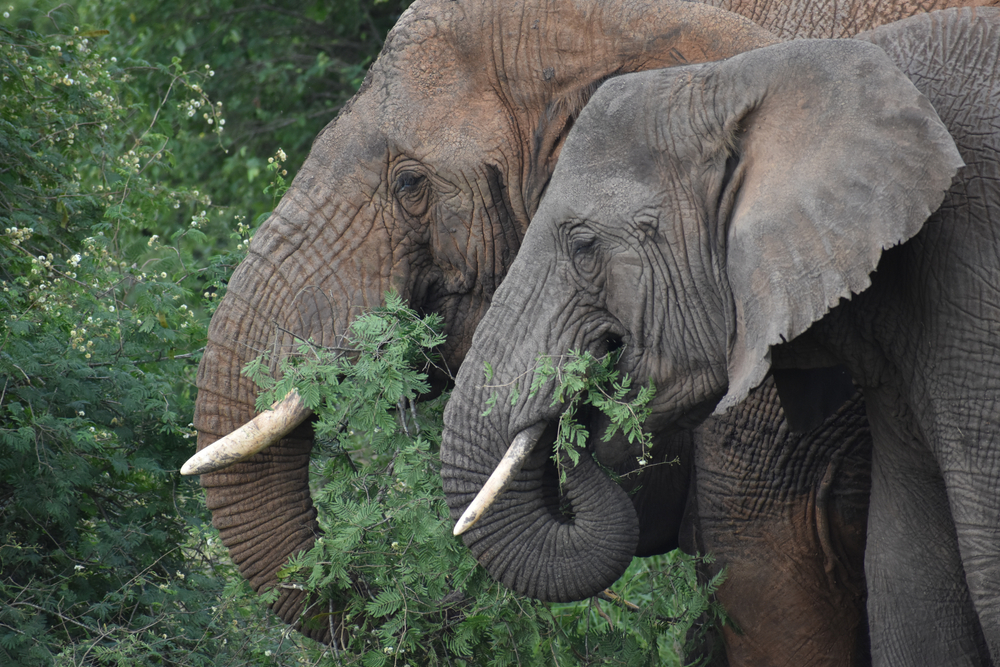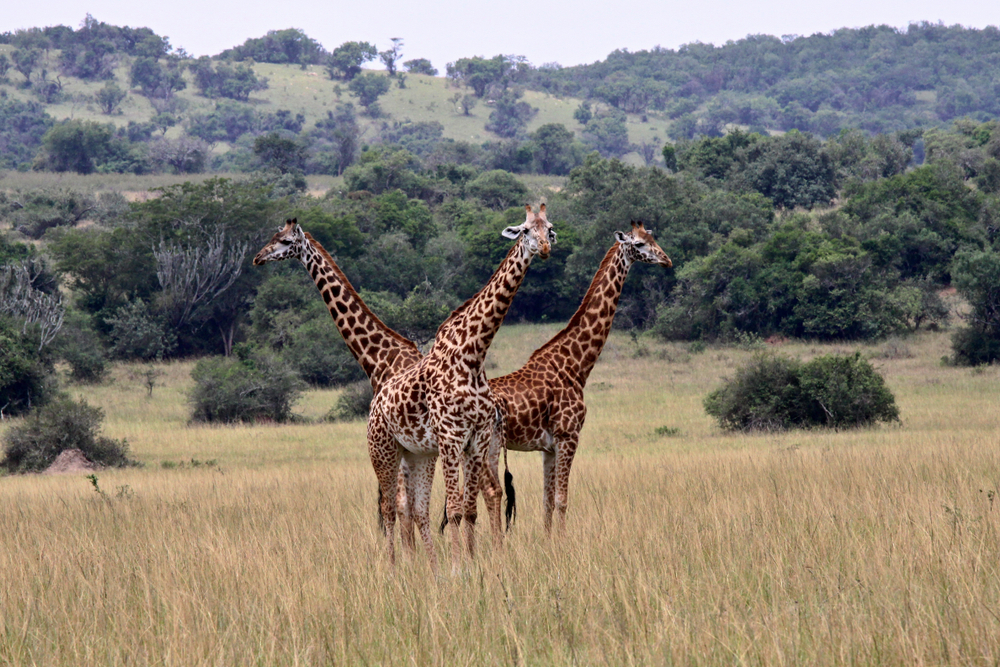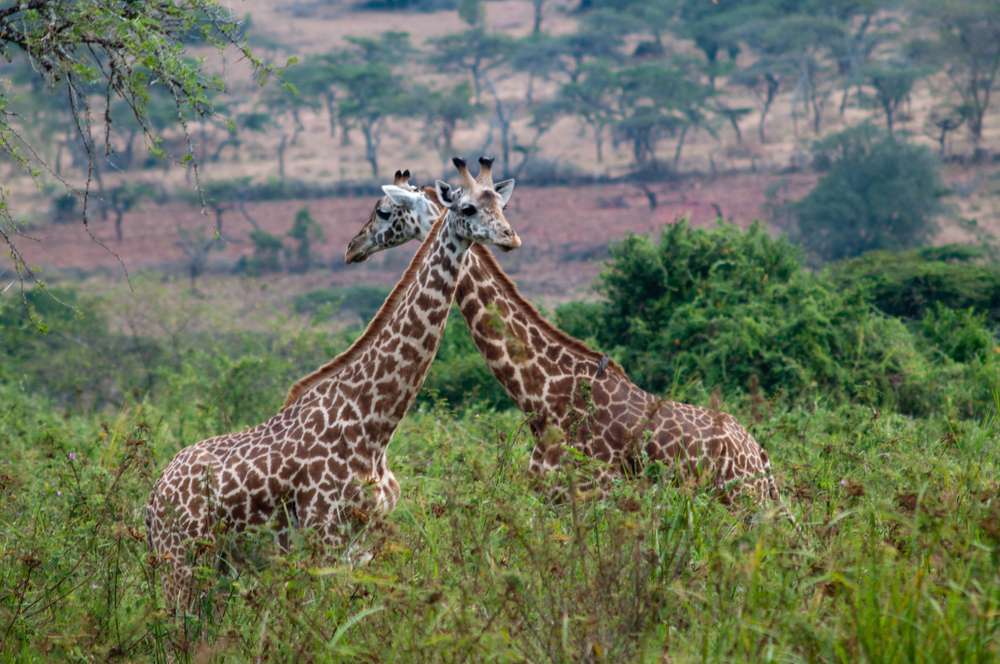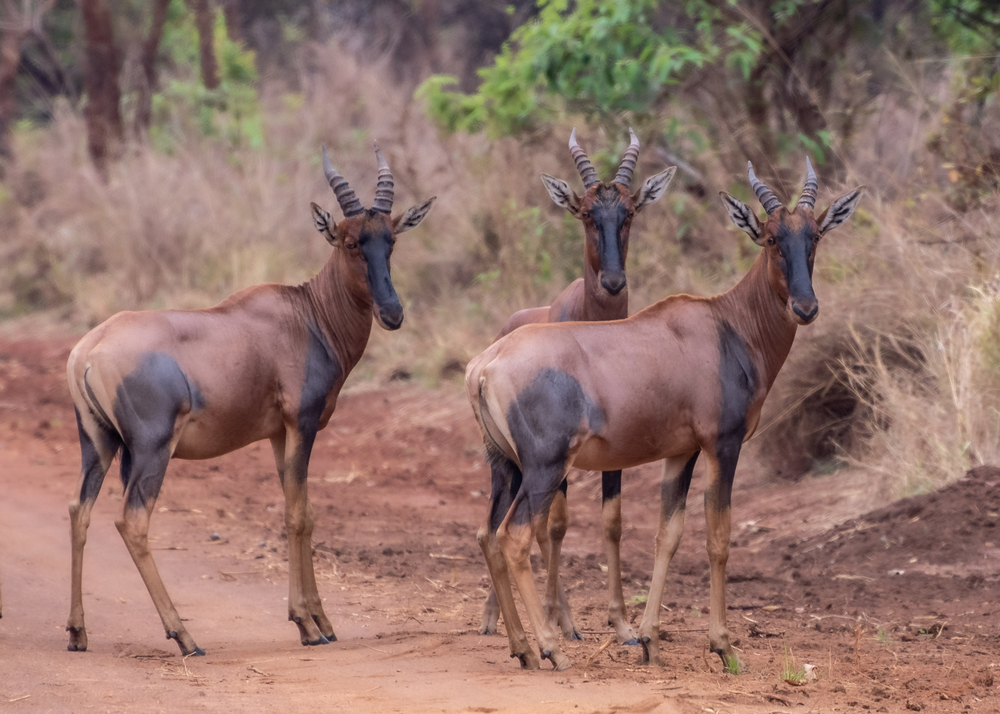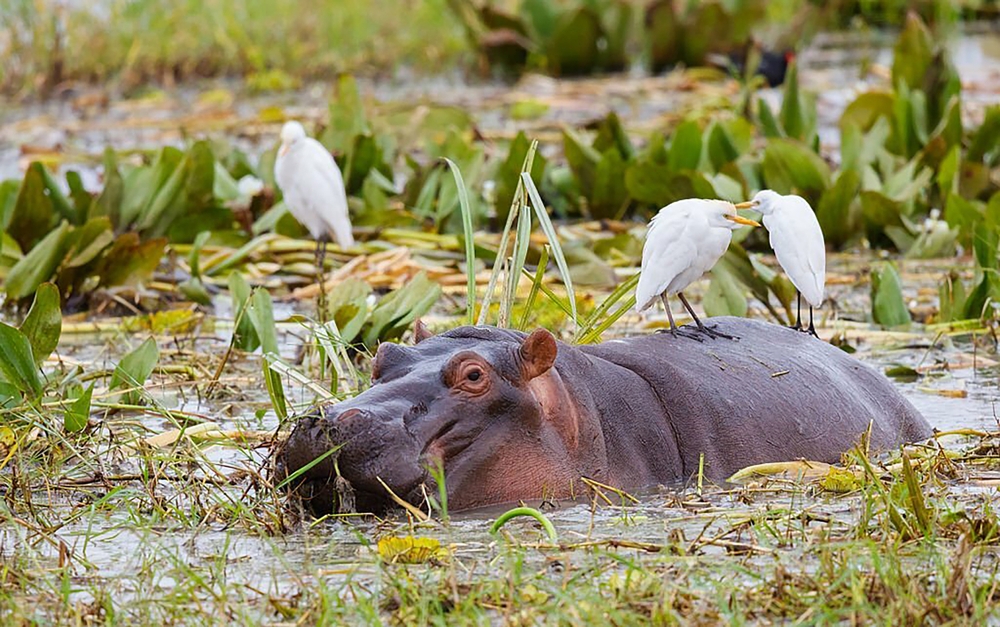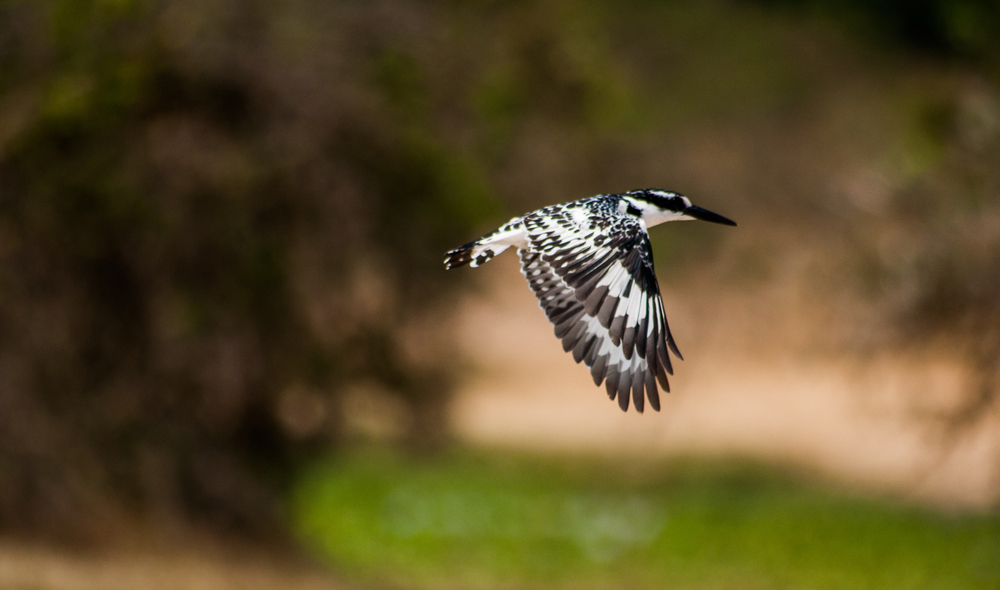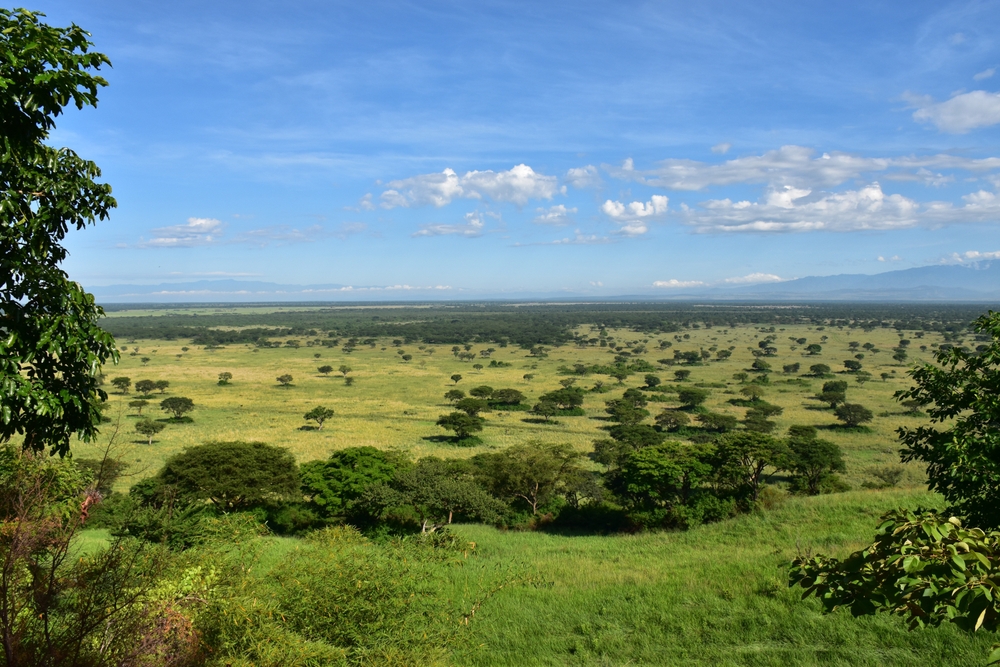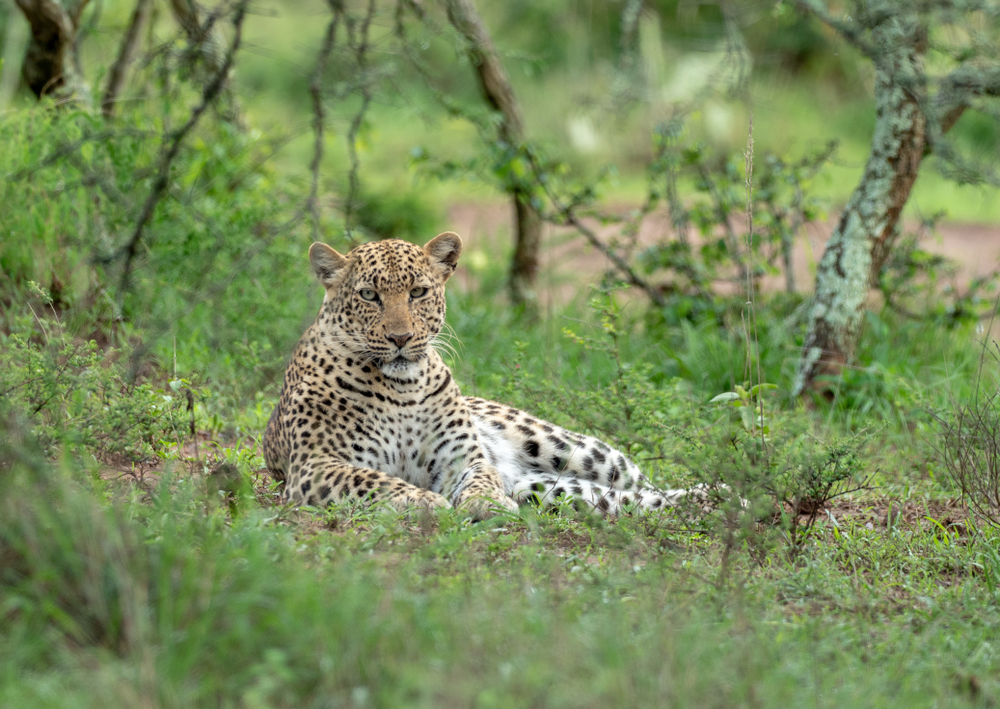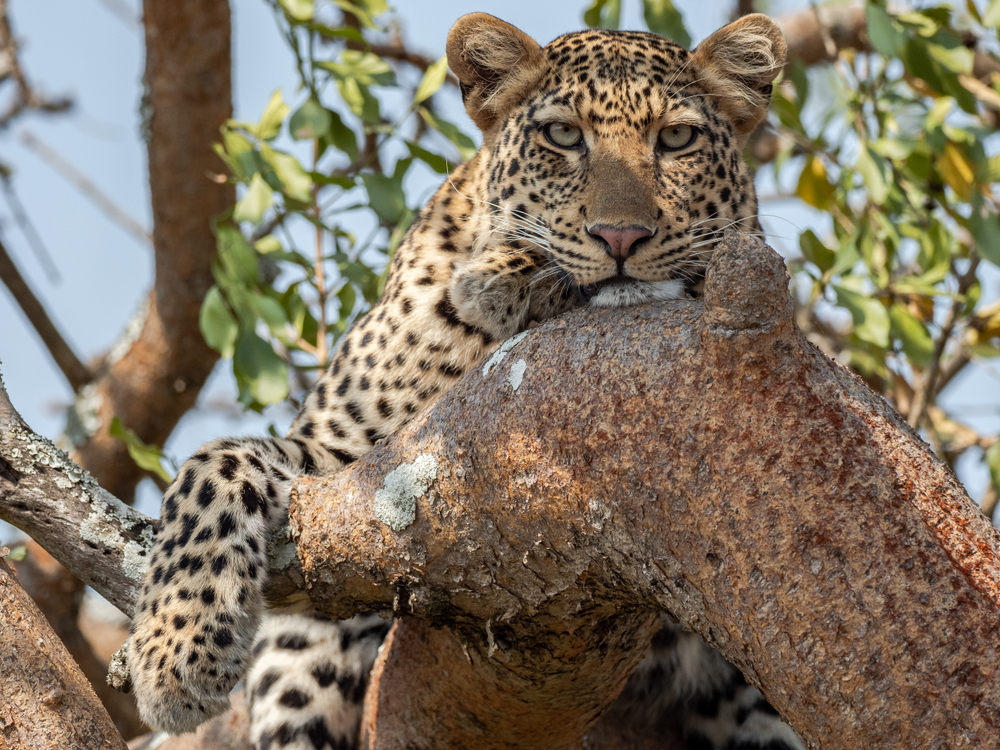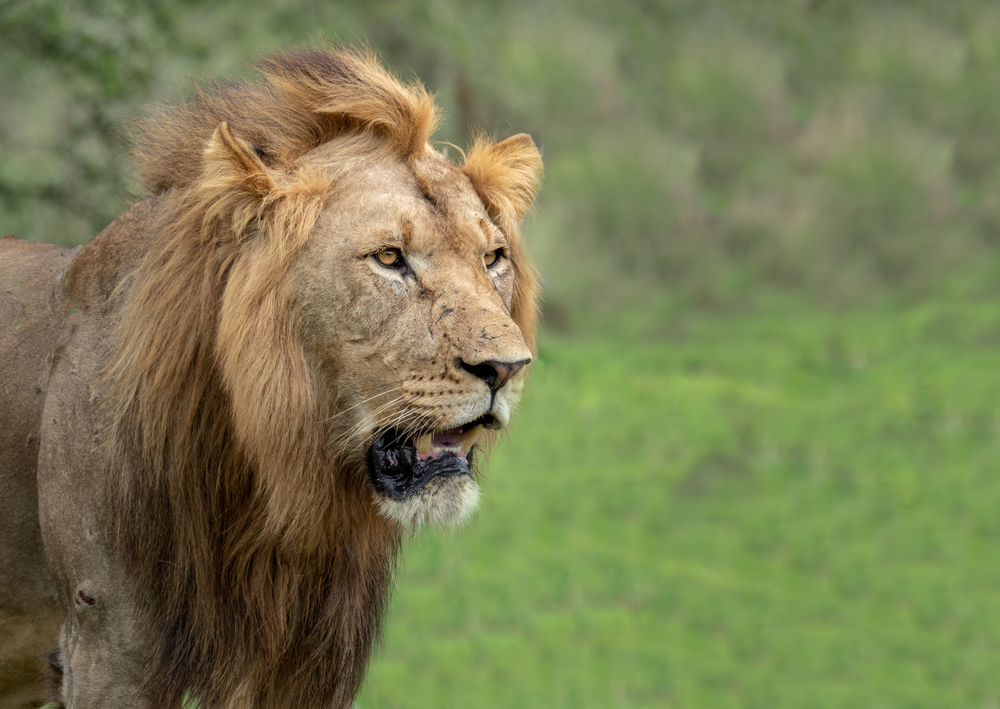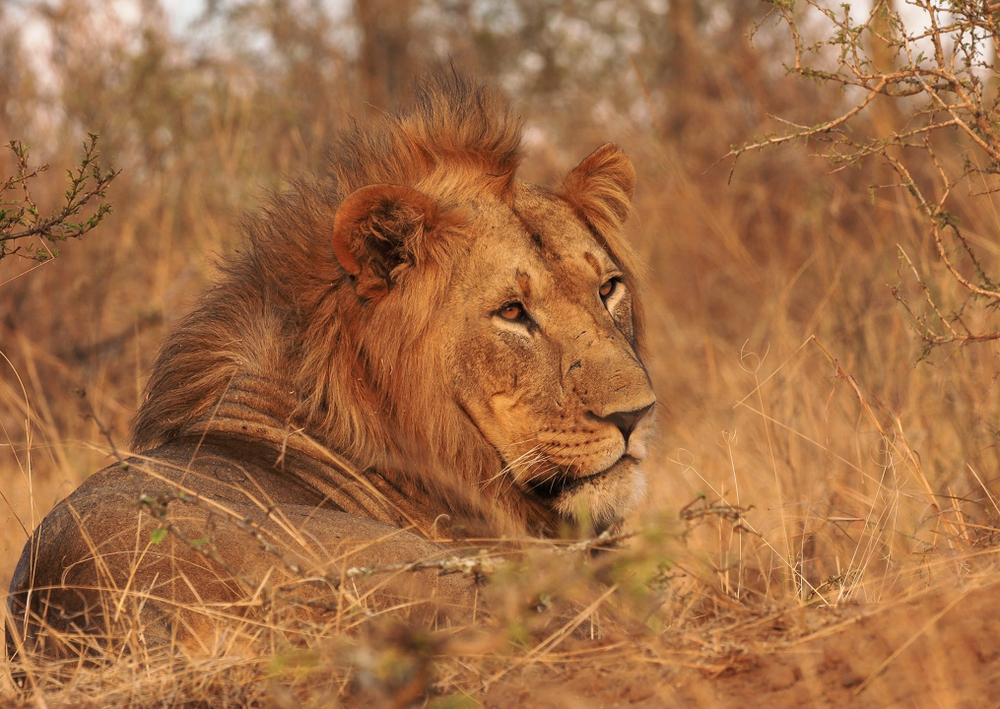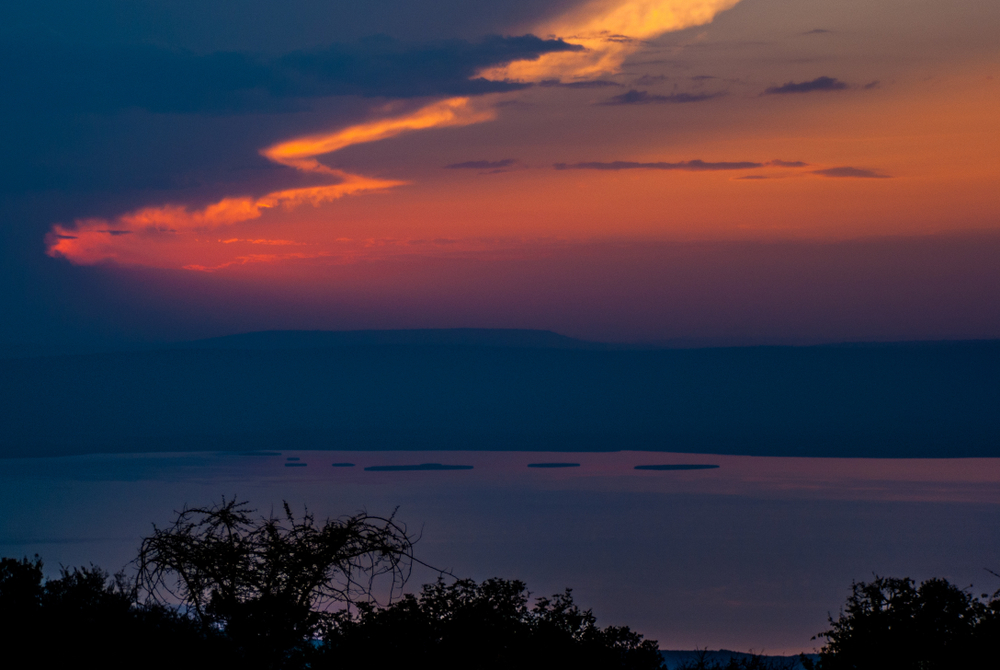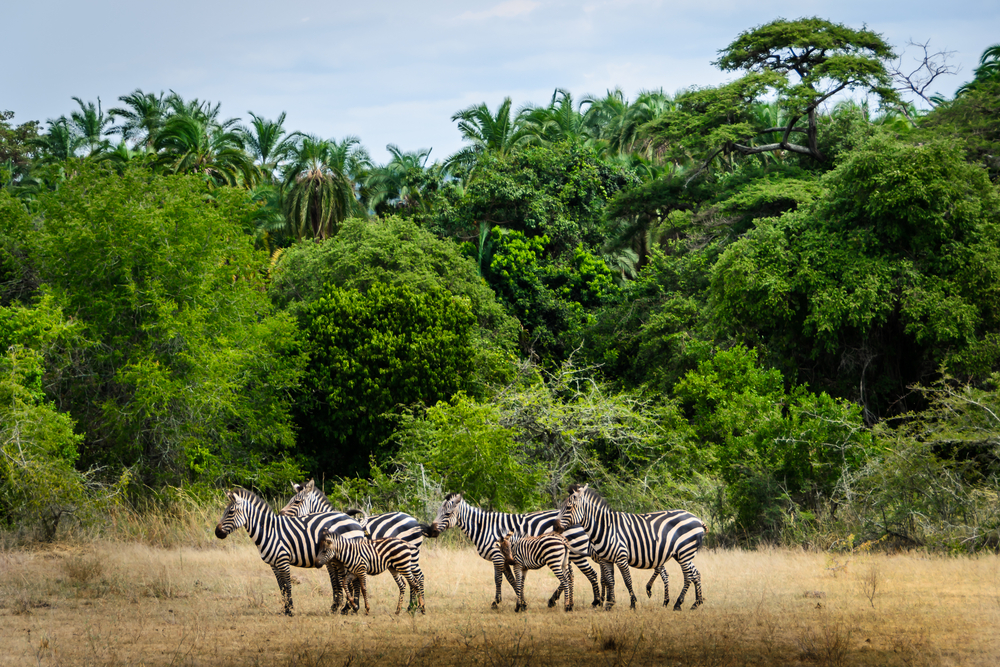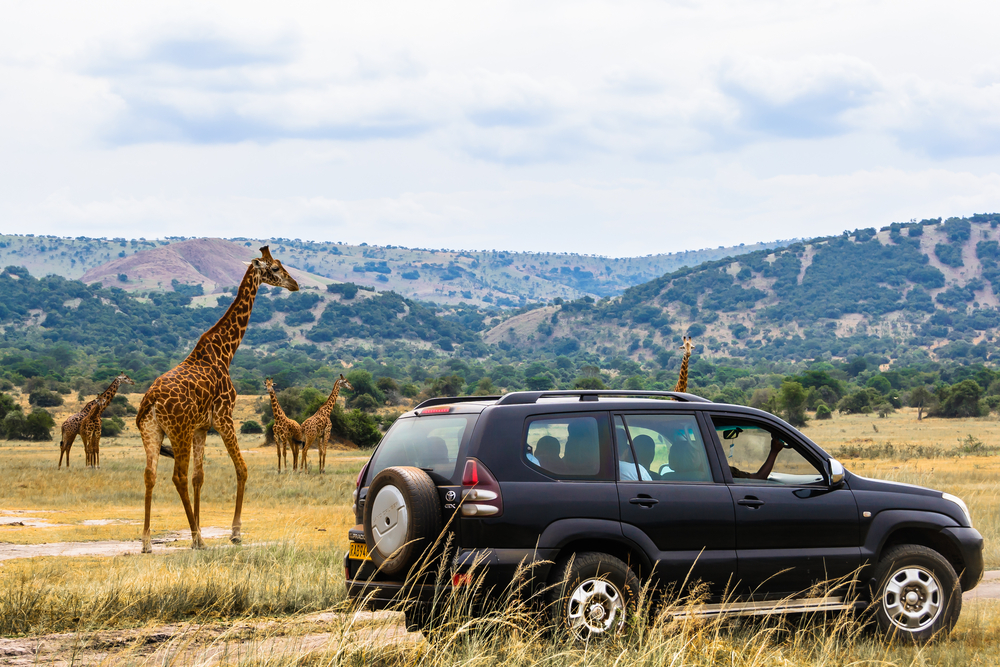Akagera Overview
Akagera National Park, located in the northeastern region of Rwanda, is a breathtaking protected area that spans approximately 433 square miles (1,122 square kilometers). Established in 1934, this park is named after the Akagera River, which flows along its eastern boundary. Known for its diverse ecosystems, abundant wildlife, and picturesque landscapes, Akagera National Park is a premier destination for nature enthusiasts and safari lovers.
The park’s terrain is a beautiful mosaic of rolling savannahs, acacia woodlands, swamps, and a series of lakes and rivers. The varied landscapes support a rich array of flora and fauna, creating a vibrant and dynamic environment. The eastern part of the park is particularly striking, dominated by a network of lakes, including the prominent Lake Ihema, the second-largest lake in Rwanda, which provides crucial water sources for the region’s wildlife.
Akagera National Park is renowned for its impressive diversity of wildlife. Visitors can witness the Big Five: lions, leopards, elephants, buffalo, and rhinoceros. In addition to these iconic species, the park is home to giraffes, zebras, hippos, and various antelope species such as the impala and waterbuck. The reintroduction of lions in 2015 and black rhinos in 2017 has revitalized Akagera’s wildlife populations, enhancing its appeal as a prime safari destination.
Birdwatchers will find Akagera National Park a paradise, with over 480 bird species recorded. Notable birds include the shoebill stork, papyrus gonolek, and the striking African fish eagle. The park’s wetlands and lakes attract a variety of waterfowl, making it an excellent location for birdwatching and photography.
Exploring Akagera National Park offers a range of exciting activities. Guided game drives provide opportunities to see wildlife up close and traverse the park’s diverse landscapes. Boat trips on Lake Ihema offer a unique perspective of the park’s aquatic habitats and the chance to observe hippos, crocodiles, and numerous waterbirds. For those seeking a more immersive experience, guided walking safaris allow visitors to explore the park on foot and gain a deeper understanding of its ecosystems.
Conservation efforts in Akagera National Park are focused on preserving its unique ecosystems and protecting its diverse wildlife. The park faces challenges such as poaching and habitat degradation, but ongoing initiatives aim to mitigate these threats. Efforts include anti-poaching patrols, community engagement programs, and sustainable tourism practices. By involving local communities in conservation activities and promoting eco-friendly tourism, these initiatives help ensure the long-term protection of the park’s natural resources.
Akagera National Park also holds cultural significance. The park is located near several traditional Rwandan communities, where visitors can learn about the local culture and traditions. These communities have a deep connection to the land and its wildlife, and their traditional knowledge and practices are integral to the park’s conservation efforts. Engaging with the local culture through community-based tourism initiatives adds a rich cultural dimension to the visit.
In summary, Akagera National Park is a scenic savannah sanctuary that showcases the rich biodiversity and stunning landscapes of Rwanda. Its diverse ecosystems, abundant wildlife, and vibrant birdlife make it a must-visit destination for nature enthusiasts and eco-tourists. The park’s commitment to conservation and community involvement underscores its importance as a model of sustainable environmental management. Whether exploring the savannahs on a game drive, cruising the lakes on a boat trip, or engaging with the local culture, visitors to Akagera National Park will be captivated by its natural beauty and ecological significance.
Park Map
Akagera National Park Highlights
Engaging Akagera National Park
Related National Parks More Rwanda
Sources
- Africa Parks, Akagera National Park, https://www.africanparks.org/the-parks/akagera, retrieved August 2024.
- Park Site, Akagera National Park, https://www.akageranationalpark.org/, retrieved August 2024.
- Park site, Akagera National Park, https://www.akageranationalparkrwanda.org/, retrieved August 2024.
- Visit Akagera, Akagera National Park, https://visitakageranationalpark.com/, retrieved August 2024.
- Visit Rwanda, Akagera National Park, https://visitrwanda.com/destinations/akagera-national-park/, August 2024.








































































